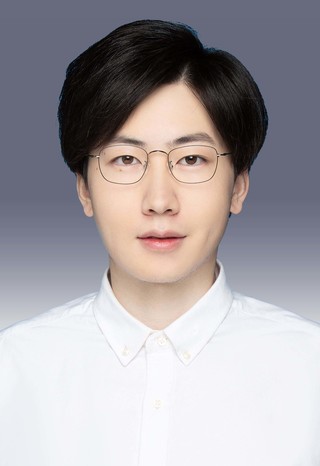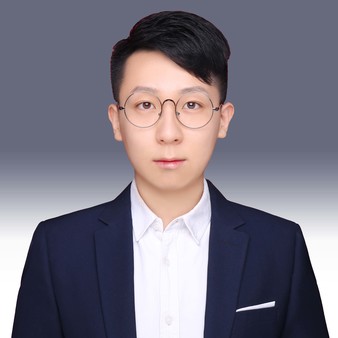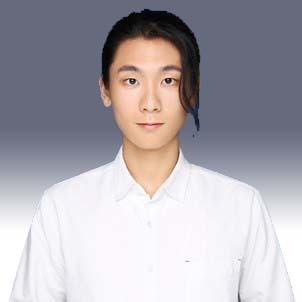Our research mainly focuses on the creation and understanding of the behaviors of atomic clusters, also named as superatoms. For nanoparticles below a critical size (∼100 nm), their properties are not sensitive to the addition or removal of a single atom. As for atomic clusters, their properties change abruptly and nonpredictively, a stage in which even the addition of a single atom or electron may cause a drastic change. In this regime, the electron wavelength becomes comparable to the cluster size. The fact that properties of matter at this length scale are fundamentally different from their bulk behavior can be effectively used to produce materials with tailored properties. Such cluster-assembled materials, with their unique properties, can expand the scope of materials science.
















